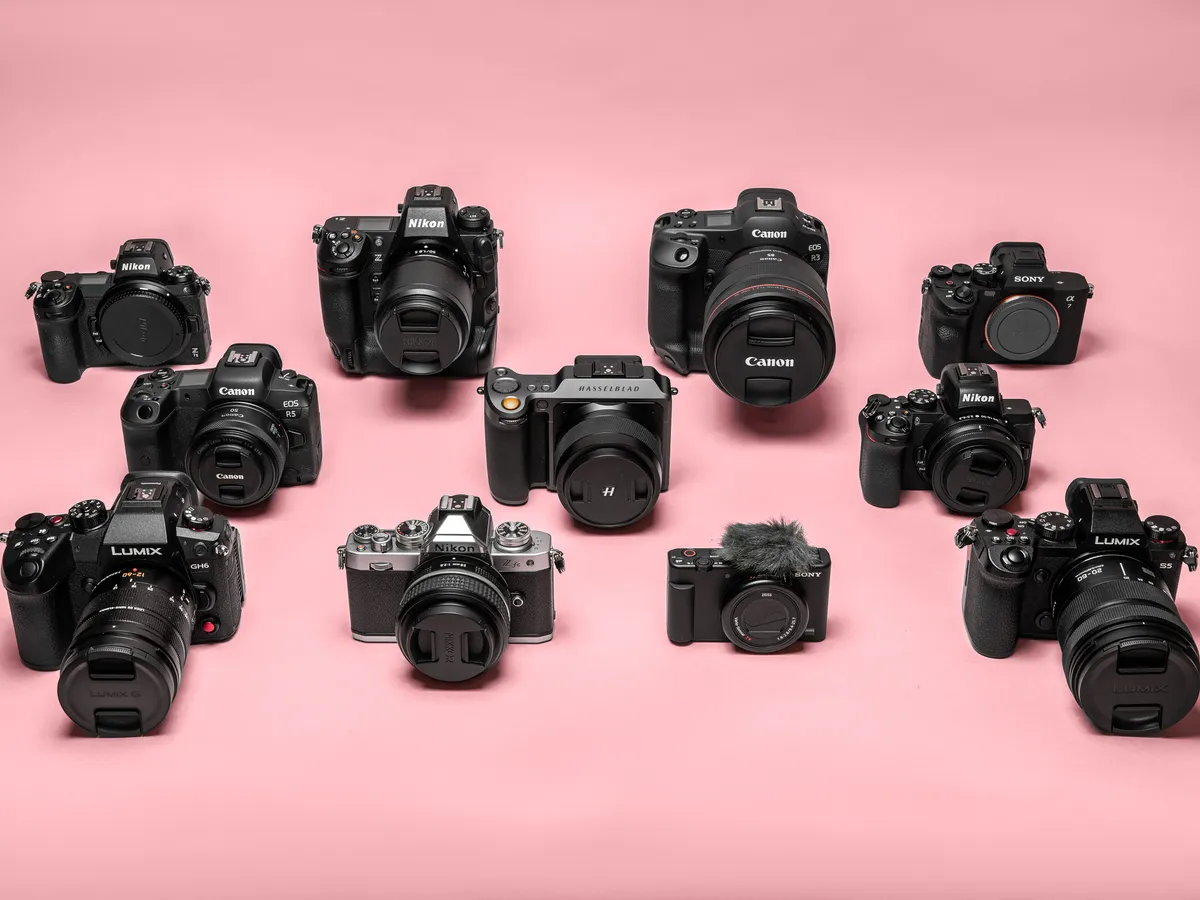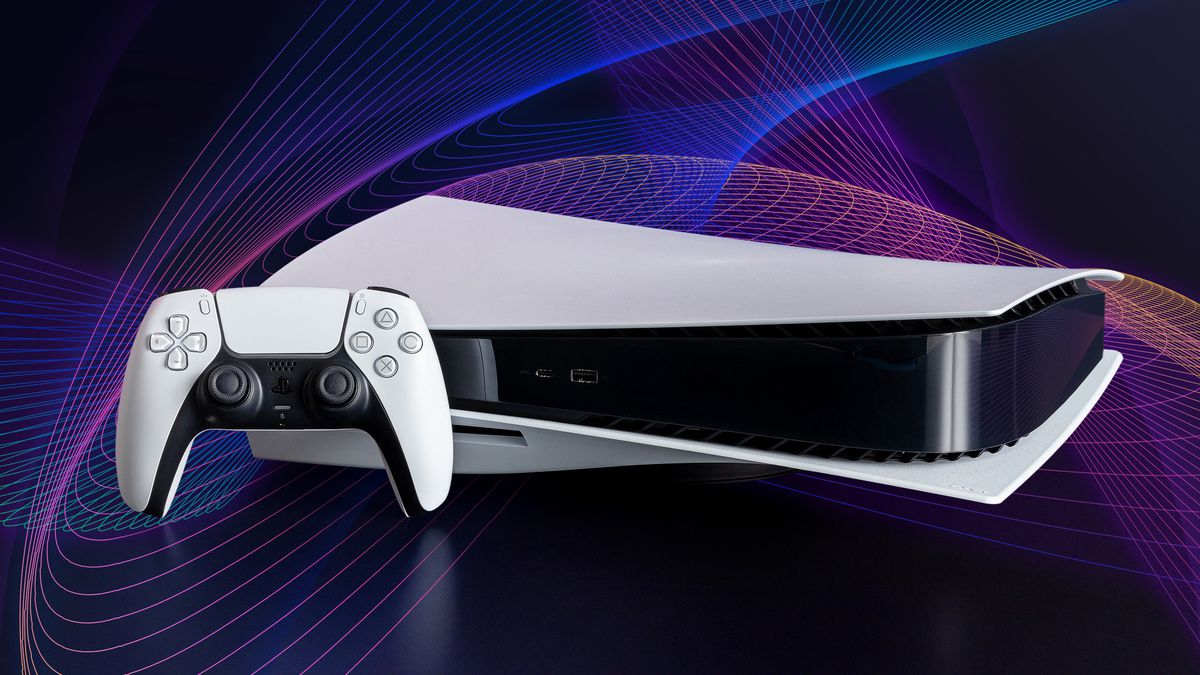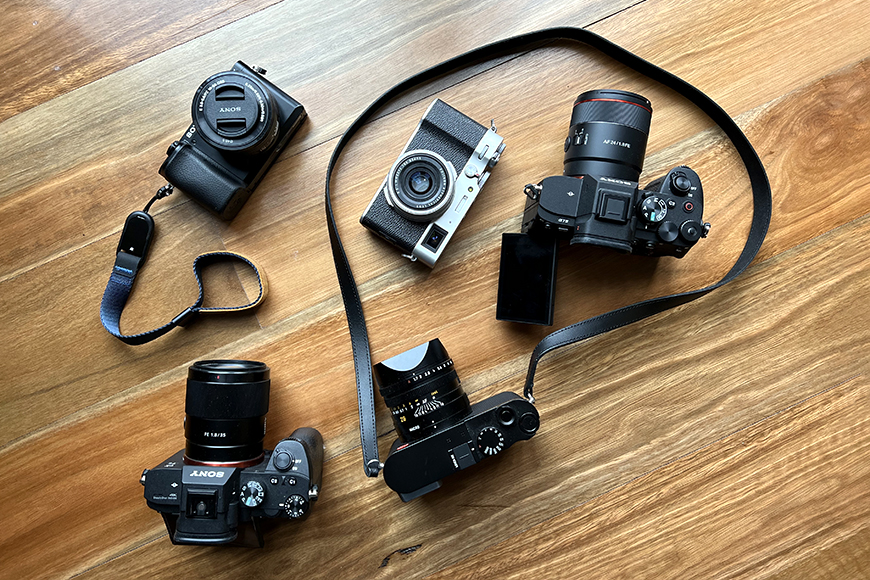Asia is a huge tourist magnet. Some travelers go there for the beautiful beaches, ancients monuments, and a unique atmosphere, but it also delivers an extraordinary culinary experience. But only if you dare.
Asia is considered one of the most developed culinary regions in the world, offering the most interesting, strange, and often even disgusting edible things you could never imagine to land on your plate. Snakes, spiders, dogs, smelly fruits – these are just some of Asia’s greatest dished. Be sure you know all the ingredients before you decide to order something!
Sannakji, South Korea
Chopped up octopus tentacles are not the worst thing to gnaw on, but how would you like them if they were still squirming around on your plate? It looks like a scene from a nightmare.

Arachnids, Cambodia
In Cambodia, nobody thought they’d be eating fried tarantulas. Up until when thousands of people started dying of starvation due to some messed up political situation. They had no choice but to love off the land and all the critters they could find. But nowadays, these spiders are considered to be quite a delicacy!

Fugu, Japan
Fugu, or pufferfish, is incredibly poisonous, but crafty Japanese chefs have found a way to safely remove the dangerous glans and make the fish edible. However, the chance that the chef had missed the spot is always there, and you may actually die. Are you ready for this fish to be your last meal?

Birds Nest Soup, China
Have you tried one of the most expensive soups in the world? The white nests are made of the birds’ spit, which basically means you’re frenching some poor bird momma when you eat the soup. Disgusting!

Bat Soup
We couldn’t let this one slide. One the one hand, it’s just a bowl of soup, but on the other, there’s a hairy bat in your soup. We’re sure it tastes great, but we’d rather stick to ramen noodles.

Cobra Heart, Vietnam
Eye of the tiger? Pshhh! How about a hear of a deadly cobra? Oh yeah, in Vietnam, you can order this delicacy in its raw state, served with a glass of cobra blood, or you could drown it in some rice wine.




























